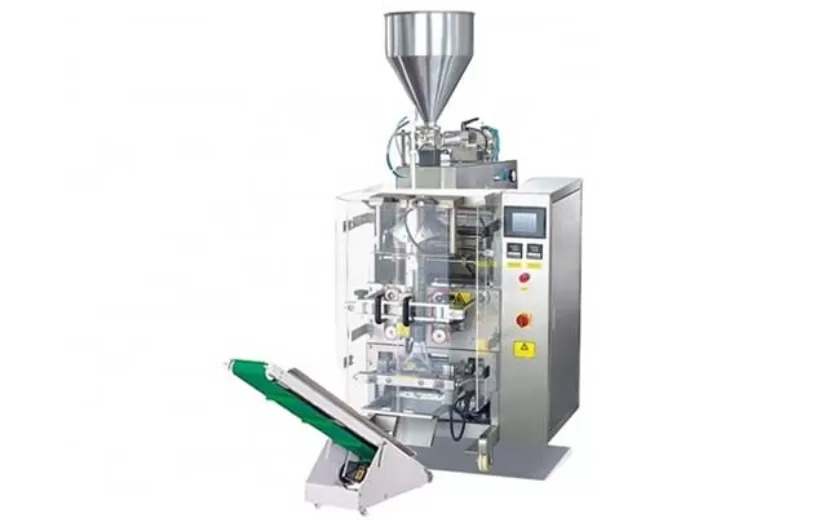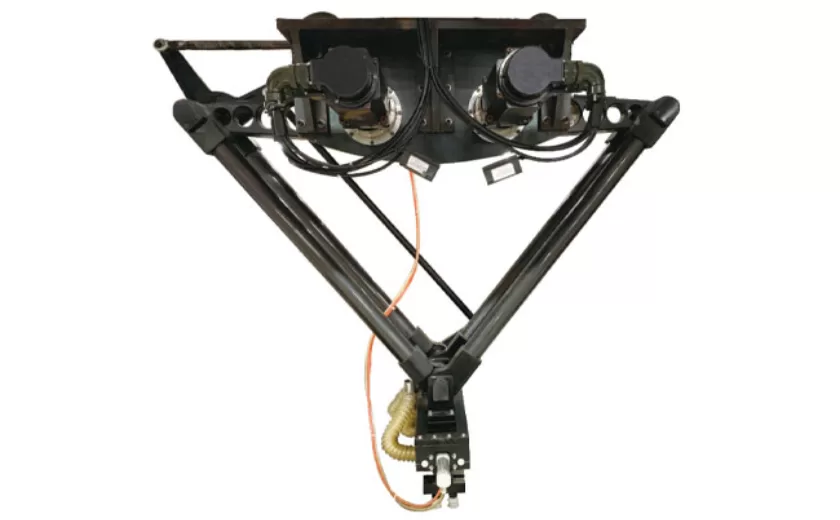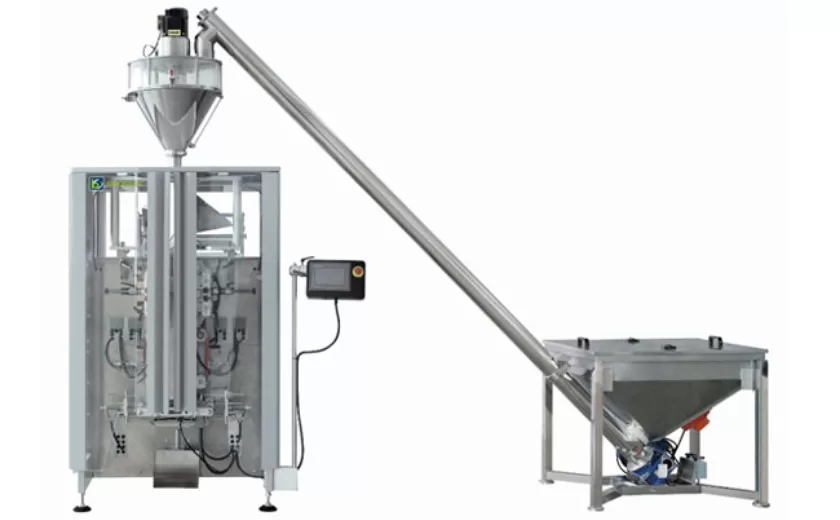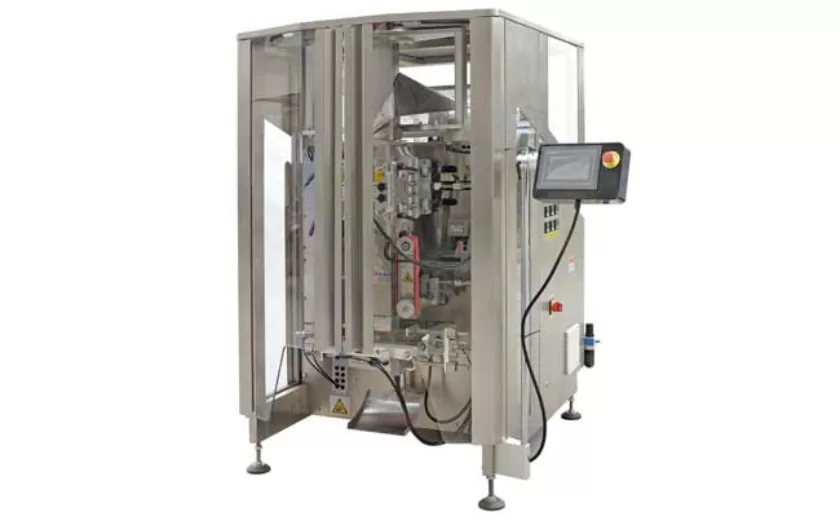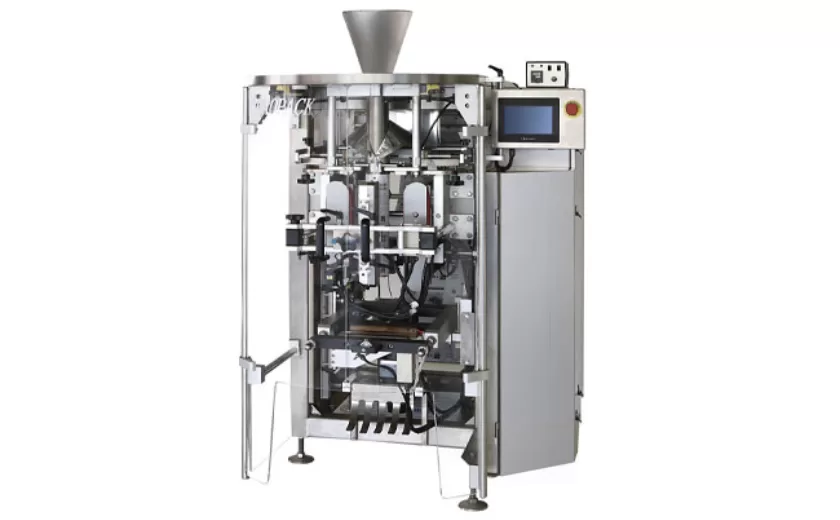Comparing Different Models and Brands of Food Pouch Packing Machines
The food industry heavily relies on pouch packing machines to package a wide range of products, from snacks to frozen foods. With the increasing demand for convenient and shelf-stable packaging, selecting the right packing machine is crucial for businesses to optimize their operations and meet market needs. This article provides a comprehensive comparison of different models and brands of food pouch packing machines to aid decision-makers in their selection process.
Features and Specifications
Each model and brand offers a unique set of features and specifications that impact its functionality and suitability for specific applications. These include:
– Speed and Capacity: The speed of the machine determines the number of pouches it can pack per minute, while the maximum capacity specifies the maximum size of the pouches it can handle.
– Filling System: The filling system can vary, such as auger, volumetric, or weight-based, depending on the product type and required accuracy.
– Bag Style: Some machines are versatile and can pack various bag styles, such as stand-up pouches, flat pouches, pillow bags, or corner-seal pouches, while others may be designed for specific bag types.
– Materials and Construction: The materials used in the construction of the machine, such as stainless steel or food-grade plastics, affect its durability, hygiene, and compatibility with certain food products.
Reliability and Maintenance
Reliability and ease of maintenance are critical factors to consider when selecting a food pouch packing machine. These factors influence downtime, maintenance costs, and overall productivity:
– Downtime and Uptime: The frequency and duration of machine breakdowns directly impact production efficiency. Machines with high uptime and minimal downtime ensure continuous operation.
– Maintenance Requirements: The complexity and frequency of maintenance procedures affect labor costs and machine availability. Machines that require minimal maintenance and are easy to clean and service are more desirable.
– Spare Parts Availability: The availability of spare parts is important for quick repairs and minimizing downtime. Well-established brands typically provide reliable spare parts support.
Integration and Automation
Modern food pouch packing machines offer varying levels of integration and automation capabilities that streamline production processes and improve efficiency:
– PLC Control Systems: Programmable logic controllers (PLCs) enable precise control of the machine’s operations, allowing for customized settings, recipe management, and data logging.
– Conveyor Integration: Machines that can be seamlessly integrated with conveyors ensure smooth and automated product flow, reducing manual labor and increasing productivity.
– Automatic Feeders: Automated feeders can be integrated to supply the bag material or product to the machine, further reducing manual intervention and increasing efficiency.
Cost and Return on Investment
The cost of the machine is an important consideration, but it should be evaluated in conjunction with the expected return on investment (ROI) over its lifespan:
– Initial Investment: The initial cost of the machine can vary significantly depending on its features, specifications, and brand reputation.
– Operating Costs: Operating costs include energy consumption, labor costs for maintenance and operation, and the cost of consumables such as bags and films.
– ROI and Payback Period: The ROI should be calculated by comparing the increased productivity, reduced labor costs, and improved product quality to the initial investment. A shorter payback period indicates a more attractive investment opportunity.
Selecting the right food pouch packing machine involves carefully considering a range of factors, including features, specifications, reliability, maintenance, integration capabilities, and cost. By thoroughly evaluating these aspects and comparing different models and brands, businesses can make an informed decision that aligns with their specific packaging needs and objectives. Ultimately, the best choice will enable them to optimize their production processes, improve product quality, and achieve a favorable return on investment.
-
Advanced Packing Solutions: Snacks, Sugar, and Frozen Food Machines
29-10-2025 -
Efficient and Reliable Solutions for Salt, Nuts, and Frozen Dumplings Packing
29-10-2025 -
High-Performance Biscuits, Lollipop, and Ketchup Packing Machines for Modern Food Production
29-10-2025 -
Efficient Liquid Filling and Packing Machines for Modern Production
23-10-2025 -
Reliable Granule Packaging Machines for Efficient Production
23-10-2025 -
Efficient Auger Powder Filling Machines for Accurate Packaging
23-10-2025 -
High-Performance Liquid Filling and Packing Machines for Hygienic Production
10-10-2025 -
High-Efficiency Granule Packaging Machines for Precision and Speed
10-10-2025 -
High-Precision Auger Type Powder Filling Machines for Efficient Packaging
10-10-2025 -
Efficient Vertical Form Fill Seal Packaging Machines for Smart Production
10-10-2025





